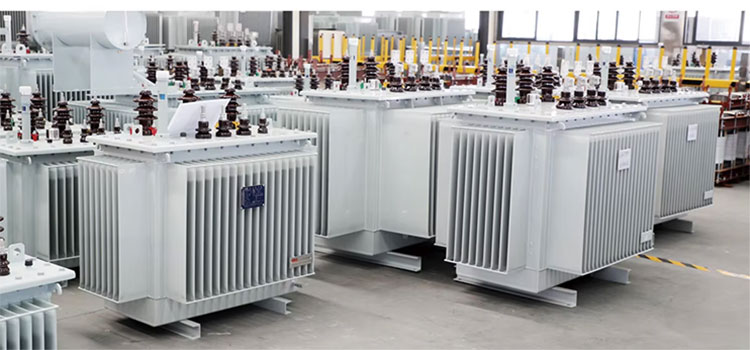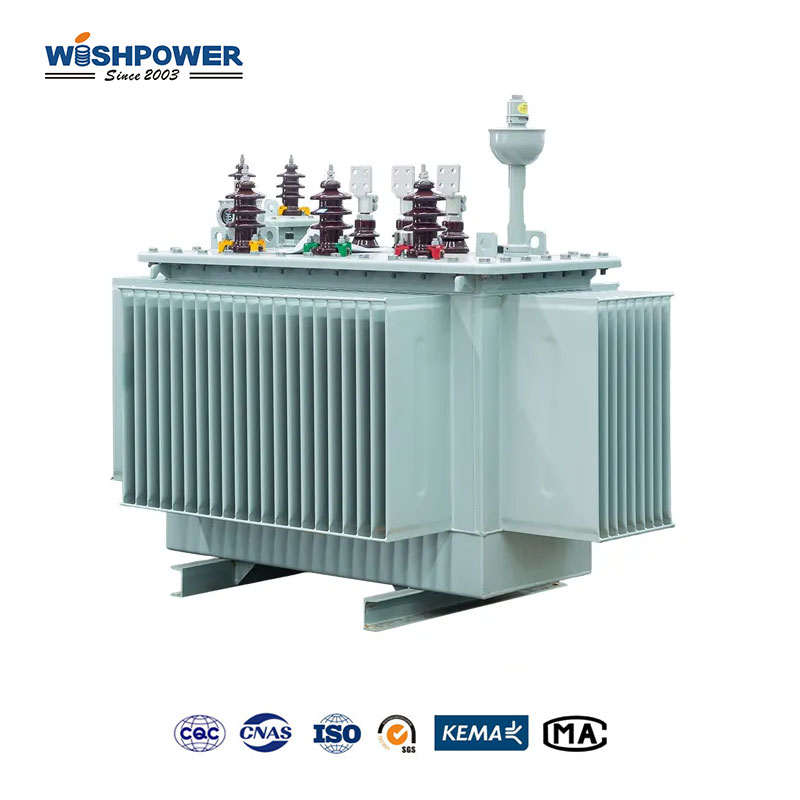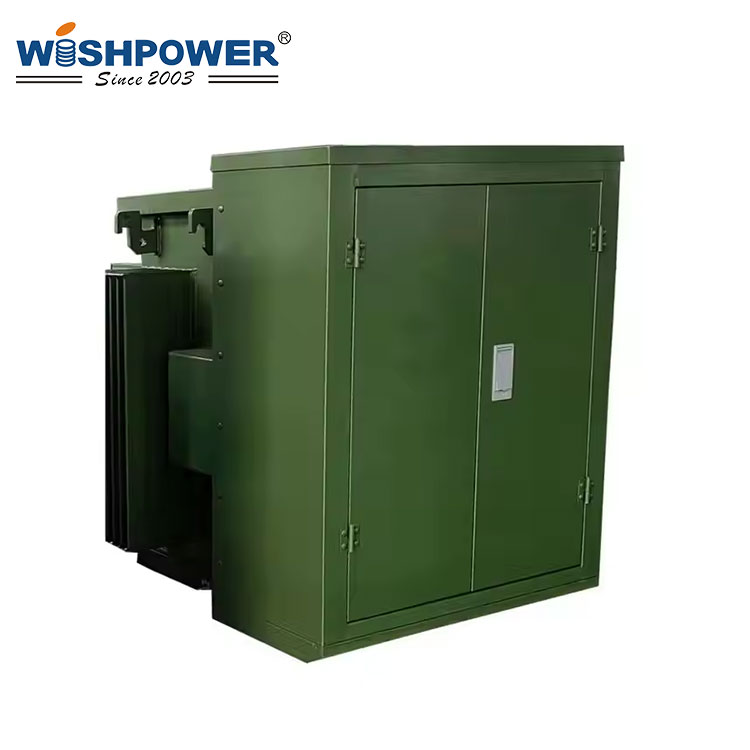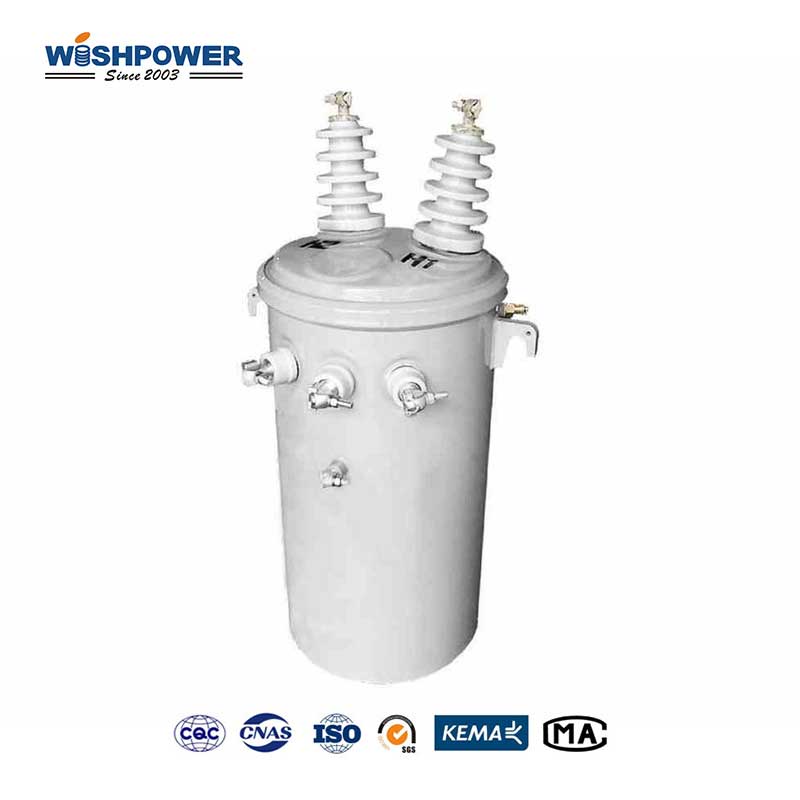Electrical power distribution relies heavily on transformers for efficient transmission because they help adjust voltage levels through the process of step-up and step-down. Transformers continue to advance through design modifications to fulfill rising market needs for efficient power distribution with sustainable operations. Design elements of transformers include sealed transformers and non-sealed transformers.

What are Sealed Transformers?
Construction of sealed transformers includes an airtight enclosure of an entire tank or housing used to block all moisture and environmental dust from entering. A sealed transformer features full containment through which insulating oil or another cooling fluid gets provided to maintain an enclosed atmosphere inside the sealed tank. The sealed design supports proper operation while making the transformerless sensitive to outside elements.
Key Characteristics of Sealed Transformers
A Sealed Enclosure represents the prime element of sealed transformers because it forms a complete barrier against environmental interference affecting transformer operations.
Transformers with Insulating Oil possess two functions because they use oil to protect and cool down the internal elements. The transformer contains the oil within its sealed system which protects it from external contamination and aging.
Sealed transformers provide reduced maintenance because their sealed construction blocks external pollutants from accessing internal components.
Sealed transformers experience higher durability because they maintain extended operational periods when they operate in rugged conditions where moisture and airborne contaminants do not cause damage.
What are Non-Sealed Transformers?
The design of Non-ssealed transformers does not include complete enclosure methods. The external environment reaches the insulating oil or cooling fluid due to its open interaction with these transformer systems. Transformers with open vents allow external airflow to enter the housing space thus affecting both thermal performance and dielectric insulation properties during time-dependent changes.
Key Characteristics of Non-Sealed Transformers
Natural ventilation plays a role in non-sealed transformer designs because these transformers lack metal squalid enclosures.
The cooling fluid present in open transformers experiences environmental contamination that leads to reduced cooling system efficiency.
The need to perform regular maintenance assessments on non-sealed transformers becomes higher because it ensures both proper oil quality and operational readiness.
These transformers experience reduced operational duration compared to sealed transformers because substances such as air moisture and contaminants cause harm to both fluid and transformer elements.
Key Differences Between Sealed and Non-Sealed Transformers
- Enclosure and Protection
The sealed transformer design includes full protection for its internal elements because environmental contaminants stay outside its enclosure. The protective barrier provides long-lasting performance and dependable operation of the transformer.
Non-sealed transformers Maintain Ventilation in Their Design Since Their Internal Parts Face the Surrounding Air. Open exposure risks both contamination and degradation of oil or cooling fluid inside the system.
- Cooling Mechanism
When used for cooling and insulation sealed transformers implement insulating oil or fluid as their base material. The sealed envelope protects the oil from evaporative loss as well as environmental contamination thus enabling continuous transformer operational efficiency.
The operating principle of non-sealed transformers depends on using natural air currents to cool the devices. Exposure of cooling fluid and oil to environmental contaminants prevents proper cooling by polluting the substances and generating overheating problems.
- Maintenance Requirements
These transformers stay successfully maintained because they operate in a completely sealed enclosure. The sealed tank maintains optimal transformer condition by protecting the oil from external factors that require fewer maintenance checks.
The maintenance requirements for non-sealed transformers escalate since environmental elements cause oil degradation and contamination. Regular inspection serves to determine that the transformer operates correctly.
- Durability and Lifespan
The sealed transformer design adds durability through its ability to stop contamination and decrease maintenance costs. Sealed transformers demonstrate extended operational durability because they operate without major breakdowns so they represent an economical solution for extended usage.
The non-sealed Transformer design exposes transformer elements to environmental factors which reduces its durability. The operation time of equipment is reduced when operating in environments with contaminated oil or moisture which results in more repairs or premature replacements.
- Cost of Ownership
Sealed transformers have lower operational and maintenance expenses because they maintain longer lifespans and need minimal servicing even though they have increased initial costs.
Non-sealed transformers come at a cheaper initial cost yet demand substantial expenses for their operation and maintenance since owners must conduct regular oil tests replace the oil and service the transformer more often.
Conclusion
Application requirements together with financial factors and operational environmental elements determine whether to choose sealed or non-sealed transformers. Sealed transformers fulfill critical infrastructure needs and industrial operations along with enduring extreme environmental conditions because they deliver a better combination of long-term operational performance reliability and efficiency. Affordable non-sealed transformers grant simpler maintenance but lack the same protection levels as sealed units. Businesses and engineering professionals achieve optimal results when they base their choices on the performance versus cost-effectiveness aspects of electrical distribution systems.
If you have different opinions or want to know more, please leave a message on the website or contact us directly at info@wishpower.net

















